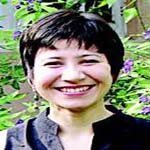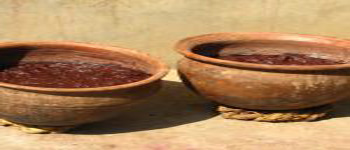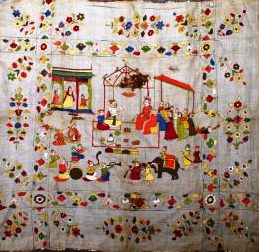
Crafts, Handlooms, Art, Skilling, Training, Professional Devt.
Ashtadhatu Sculptures of Ayodhya, Uttar Pradesh
Nath, Deeksha
September, 2018
The Ayodhya (Uttar Pradesh) skyline is dotted with vimanas and every street hosts a temple or two. Peals of bells greet you five times a day. This small town was wrecked with religious riots in 1990 when Hindu fundamentalists attacked and destroyed the Babri Masjid. Today, this extremely violent recent history is not much in view and devotees and priests go about their business indulging the sacred tourist trail.
Off the main street, nestled between tea stalls, is Shyam lal's home, studio and shop. Though his main business these days are marble sculptures his specialty and family tradition are Ashtadhatu (eight metal) religious sculptures. Ashtadhatu is an amalgam of copper, tin, lead, antimony, zinc, iron, gold, and silver.
Due to its expense it is fast becoming a languishing craft. Shyam Lal refuses to put a price on his sculptures. His belief is that gods cannot be bought or sold and so he only takes an honorarium for his "work of faith".
THE ART OF IMAGE MAKING
In Indian sculpture, the human form is composed of various compact, curved, and almost geometric shapes assembled according to an ideal canon of proportions. Whether globular or pearlike, cylindrical or conical, these components are rounded volumes that seem filled to capacity: muscles appear to have melted away, bones are invisible, and skin is stretched smooth and tight. The sense of inner vitality that pervades most Indian figural sculptures is conveyed not only by limbs and torsos that seem to be inflated ...
This is a preview. To access all the essays on the Global InCH Journal a modest subscription cost is being levied to cover costs of hosting, editing, peer reviewing etc. To subscribe, Click Here.



